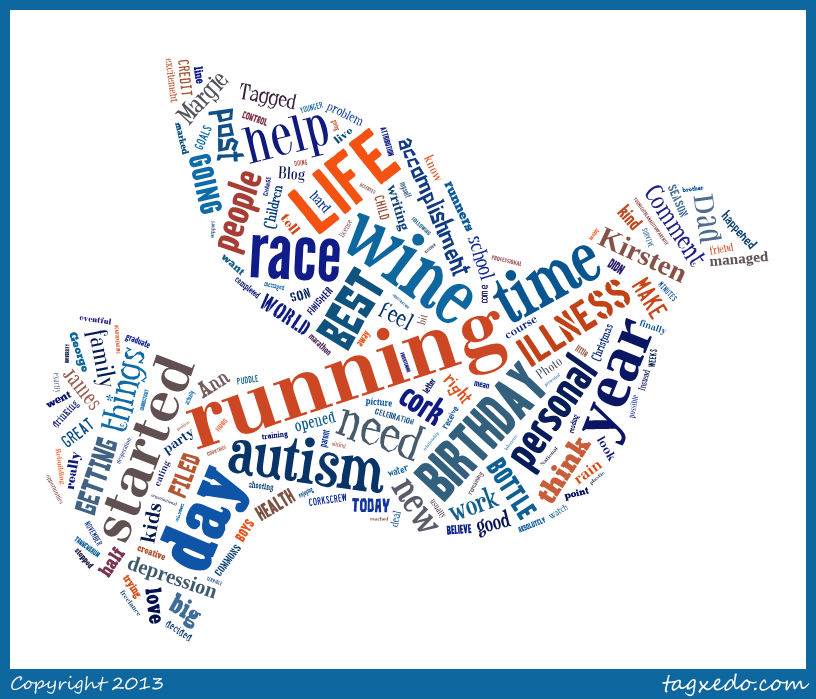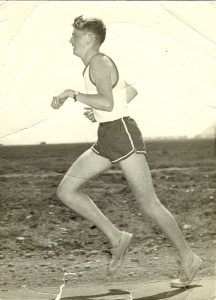There is a site called Tagxedo, where you can go to create a word cloud from tags on your blog. You can choose from a large number of colour themes and shapes, and even upload your own picture to use as a base. Playing around here seemed like a good way to spend my New Year’s morning. It’s a lot of fun, and it allows people who cannot draw to save their lives (read: people like me) to channel their inner creativity.
If you’re looking for a pretty picture made of words, head on over and create your own word cloud. Post a picture of it in your blog, and leave me a link in the comments – I would love to see it!












